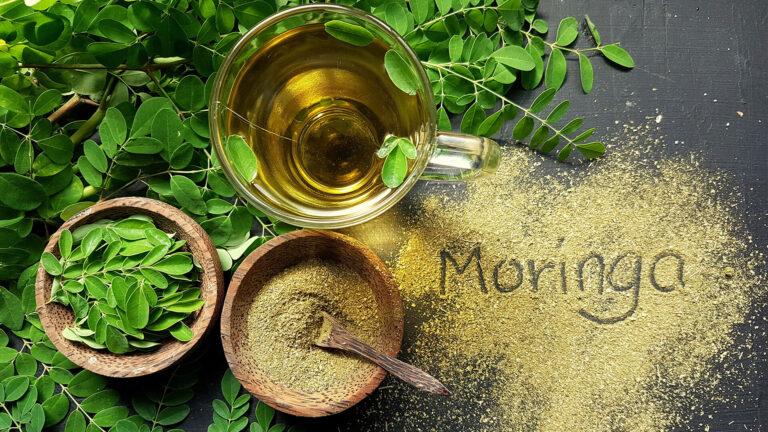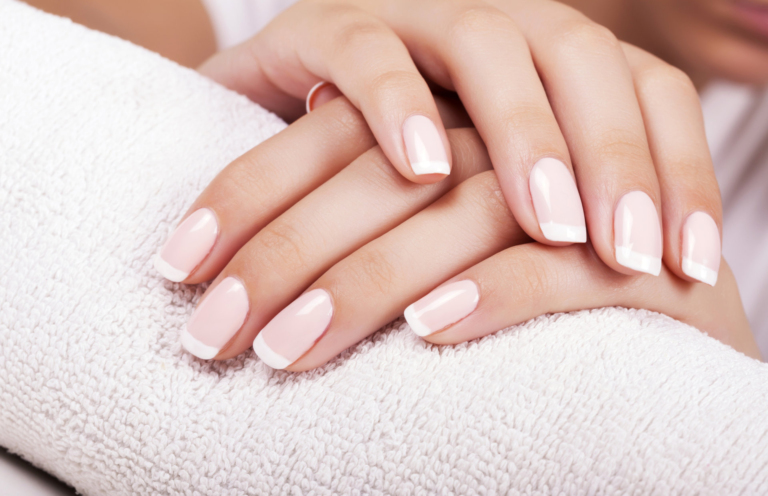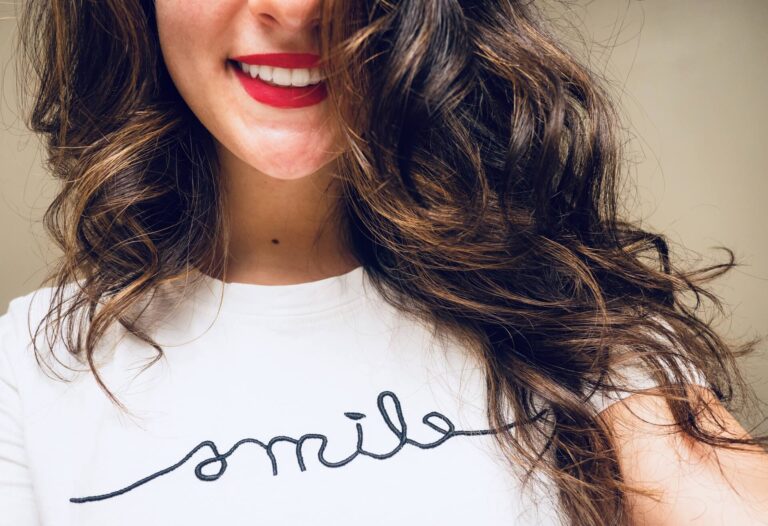Silk protein for hair
Silk proteins have an amazing ability to retain water in skin and hair.
They have a conditioning effect on hair and help regenerate it.
Silk-based hair cosmetics are recommended especially when hair needs protein restoration.
Silk also moisturizes and firms the skin.

Where does natural silk come from?
Natural silk is a protein fiber obtained from the cocoons of butterflies, the mulberry nocturnal silkworm and the oak silkworm.
Around 50,000 tonnes of silk are produced every year, which represents a drop in the ocean, 0.2% of the world’s fiber production.
This is one of the reasons why it is such a precious product.
For over 2,000 years, China has guarded the secret of producing these extraordinary yarns and held a monopoly on silk production.
After all, silkworms were naturally more abundant in China.
And how exactly do you get it? To extract the thread from the cocoon, the cocoon is immersed in hot water, the end of the thread is found and the thread is wound onto a special spool.
A cocoon contains between 1,600 and 3,000 meters of very fine silk thread.
The threads are then combed to remove the combs.
These are then used to produce hydrolyzed silk proteins in a controlled hydrolysis process.

Silk in cosmetics, what is liquid silk?
In cosmetics, silk is used in the form of hydrolyzed silk protein “called silk milk” or in a non-liquid version such as silk powder.
Silk powder is obtained from pure fibroin, which is the main constituent of around 70% of silkworm threads.
“Hydrolysis” means that the chemical compound is separated into smaller components and water is added.
The chemical composition of silk proteins is very similar to that of proteins found in skin and hair.
Their low molecular weight enables them to penetrate deep into the skin and hair.
In addition, they have a high water absorption rate 30 times their own weight.
Thanks to these properties, they have a moisturizing and film-forming function.
How does hair silk work?
Hair is mainly made up of a protein called keratin, which gives it strength, protection and structure.
Unfortunately, keratin degrades when exposed to chemical treatments and heat. That’s where silk proteins come in.
Thanks to their content of cysteine, one of the main amino acids required for keratin production, they strengthen the hair shaft and help rebuild hair structure.
Also read: keratin hair treatment
In hair cosmetics, silk proteins help retain moisture on the hair surface, forming a thin film “protective membrane” on the hair shaft.
As a result, hair is easier to style, less static, supple, soft and healthy-looking, and retains a light, silky shine.
Silk proteins often appear in hair preparations at the same time as keratin, complementing deficiencies in hair structure.
Silk-based cosmetics are very good for hair in need of regeneration, dryness and damage caused by styling procedures and external factors. Silk’s exceptional purity is demonstrated by its transparency and low ash content.
If you want a deep conditioning effect, opt for a good silk-based shampoo.
It’s interesting to note that sleeping on a pillow with a silk pillowcase is very good for your hair, as it glides over the pillow’s surface and therefore tangles less.

When should silk be applied to the skin?
Silk protein naturally increases the skin’s elasticity, accelerates its metabolism, prevents wrinkles, tightens the skin and makes it smooth and delicate.
The silk proteins contained in skin care products help maintain skin hydration and suppleness, smooth the skin’s surface and act as emollients.
After using a silk-based lotion or cream, the skin becomes smooth and pleasant to the touch, surrounded by a delicate film.
It is not irritated, as silk is gentle on sensitive skin.
With regular use, a slight lifting effect can be observed.
A rapid firming effect is achieved with a single use of the silk mask.
Silk proteins are also sometimes used in hand creams.
Natural silk protein powder has the ability to absorb excess sebum, making it an ideal ingredient to add to formulations designed for oily skin.
You can buy it in powder form and add it to foundations, creams or homemade powder.
This will prevent skin shine and make-up will last much longer.
Silk in this form is also added to eyeshadows to improve their adhesion.
It is also used in mascaras and conditioners to lengthen lashes.
“One of my biggest dreams is that my company will be able to change the course of one family’s life, one child at a time by giving back to the community.”







